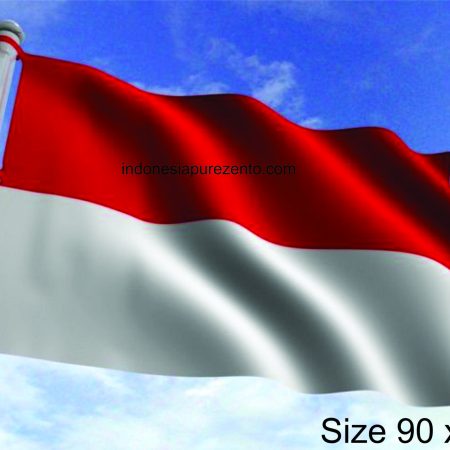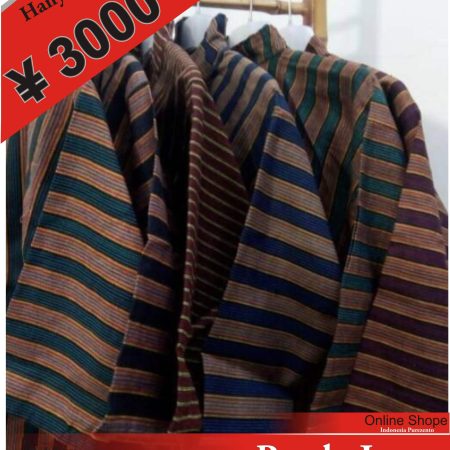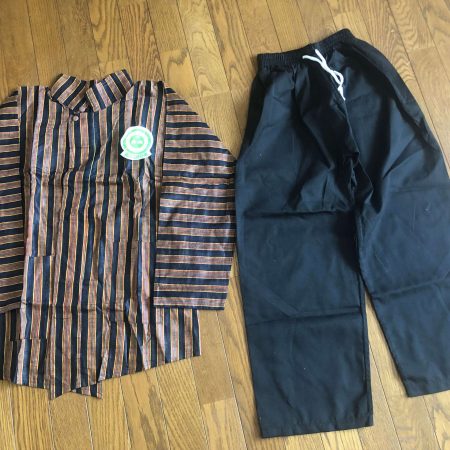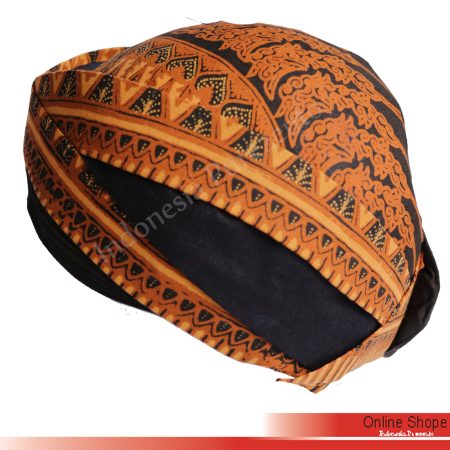Batik Dobby Cap

Description
Kain Batik Dobby Cap Bahan Dobby Premium dengan menggunakan teknik batik cap yang di buat oleh pembatik propesional kualitas Exsport barang sudah melalui tes QC sehingga sudah di jamin kualitasnya, Bahan batik masih berbau lilin yang mencirikan batik tulis tangan asli. barang yg kami jual masih dalam bentuk kain (belum jahit) motif limited edition. hanya tersedia 1 atau 2 pcs per motif
Deskripsi Produc :
Bahan : Sutra (bertekstur, atbm)
Size : 190 cm x 115 cm atau 200 cm x 110 cm
DIJAMIN ASLI BATIK TULIS/HANDMADE PEKALONGAN
Ada banyak motif batik silahkan hubungi kami untuk motif yang lain.
HARGA SUDAH TERMASUK ONGKIR se-JEPANG
There are no question found.
General Inquiries
There are no inquiries yet.




































